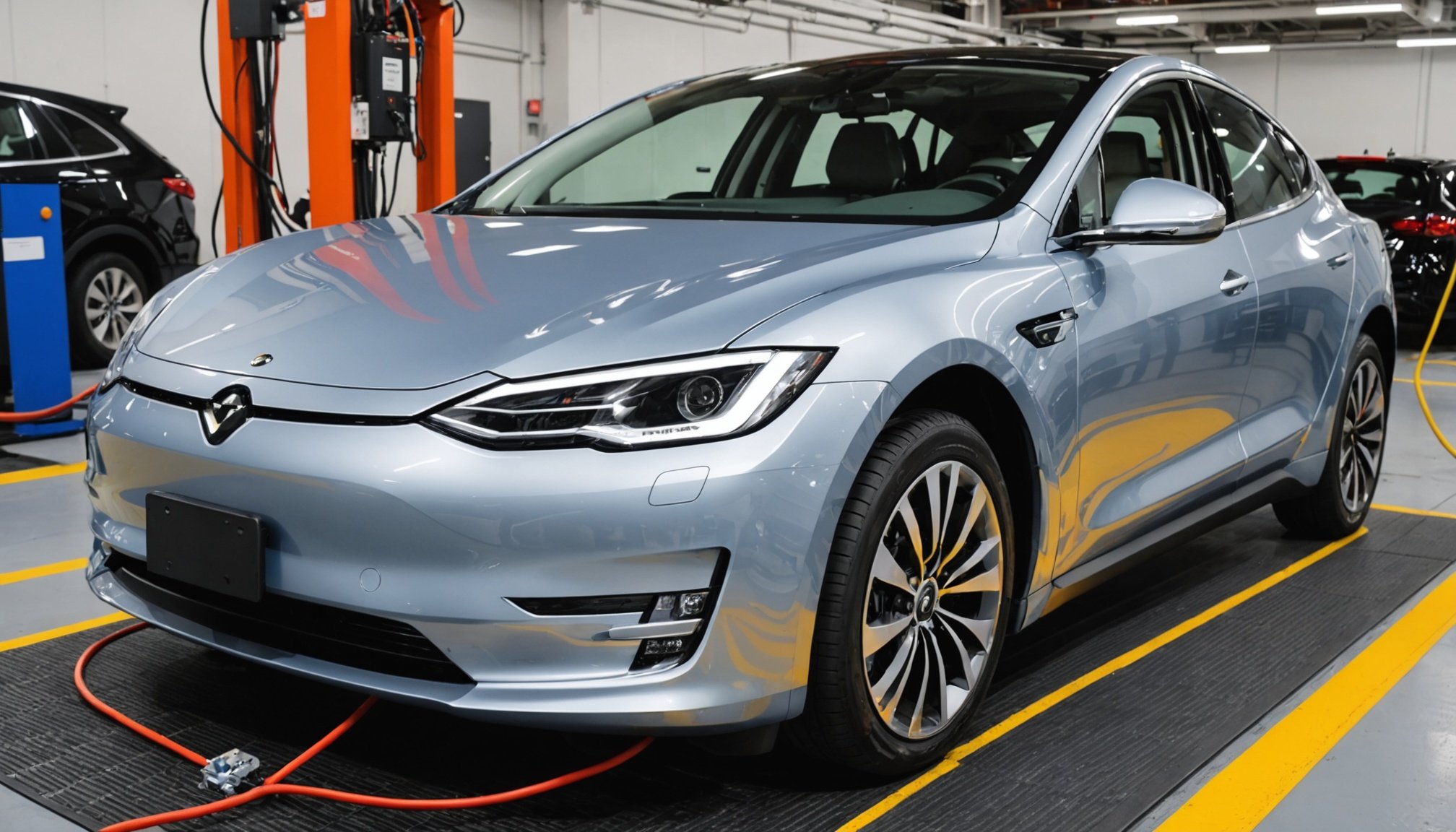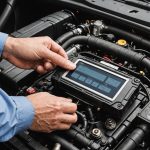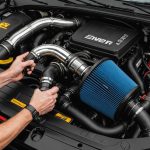Key Indicators of Thermal Management System Issues
Understanding the signs of thermal management system failure is crucial for maintaining EV efficiency. Common symptoms of these issues include unexpected temperature spikes, unusual fan noises, or persistent error messages related to overheating.
Addressing these indicators promptly is imperative. Ignoring them can lead to compromised vehicle performance or, worse, major components like the battery suffering irreversible damage. For instance, a malfunctioning cooling system might initially cause minor performance dips, but over time, it can lead to significant degradation of the battery.
In parallel : The ultimate handbook for securely installing a fire extinguisher in your commercial vehicle for quick accessibility
In the real world, there have been instances where neglect of thermal management failures resulted in costly repairs. For example, an electric vehicle owner reported frequent overheating alerts, which were initially ignored. This oversight led to extensive battery damage, costing thousands in replacements and repairs.
Highlighting the importance of addressing these indicators not only saves on expensive repairs but also ensures the safety and reliability of your vehicle. When you notice unusual warnings or performance issues, it’s smart to act swiftly. Regular inspection and maintenance can prevent these small signs from evolving into critical failures. Always keep an eye out for these symptoms to ensure your vehicle runs smoothly.
Consequences of Neglected Thermal Management Systems
Ignoring thermal management issues in an EV can lead to serious consequences. Vehicle performance and efficiency are often the first affected. As systems work harder to regulate temperature, unnecessary strain is placed, making energy consumption less efficient. Compromised efficiency leads directly to reduced range, with the vehicle unable to perform optimally during extended drives.
Long-term damage risks are even more daunting. Persistent thermal issues can irreversibly damage the battery and other essential components. This damage can incur hefty replacement costs and can even lead to total system failures. Once a battery’s capacity is diminished, it affects the vehicle’s reliability and operational range.
Driver safety is another significant concern, as overheating might lead to safety-critical failures. Malfunctions can manifest suddenly, compromising not only the vehicle’s stability but also the well-being of its occupants. Ensuring thermal systems perform adequately safeguards against a cascade of potential hazards, protecting both vehicle integrity and passenger safety.
Proactively addressing these concerns prevents degradation and unnecessary expenses. Regular inspection is key to maintaining the EV’s reliability, ensuring it continues to deliver the benefits of electric driving without unexpected issues.
Diagnostic Procedures for Thermal Management System
Understanding thermal management diagnostics is essential for maintaining your EV’s efficiency. Proper diagnostics can prevent minor issues from escalating into costly repairs.
Basic Troubleshooting Steps
Begin by checking for common symptoms like unusual temperature fluctuations. Ensure that fans and vents are clear of debris, as obstructed airflow can lead to overheating. Evaluate whether the vehicle displays any persistent warning lights related to the cooling system.
Utilizing Diagnostic Tools
Utilise specialised diagnostic tools to read the vehicle’s onboard diagnostic codes (OBD-II). These tools provide detailed insights into potential faults within the thermal management system. Investing in a reliable diagnostic tool can assist in monitoring system health in real time, helping to quickly identify the source of a problem.
When to Seek Professional Help
It’s imperative to recognise when professional intervention is necessary. If basic troubleshooting fails to resolve the issue, or if the diagnostic tool indicates an intricate fault, consult a technician. Indicators that professional servicing is required include persistent temperature spikes or recurring fault codes. Regular professional assessments ensure the system operates optimally, preventing unexpected breakdowns.
Maintenance Best Practices for Optimal Performance
Ensuring peak performance of an electric vehicle’s thermal management system involves adhering to maintenance best practices. Regular upkeep can significantly enhance system efficiency and extend its lifespan.
Routine Maintenance Checks
It is crucial to schedule routine maintenance checks. This includes monitoring coolant levels and examining the quality of the fluid. Insufficient or contaminated coolant can lead to ineffective heat regulation, triggering thermal management failures.
Importance of Fluid Level Checks and Coolant Quality
Fluid level checks are essential. Low coolant levels increase the risk of overheating and disrupt overall system performance. Simultaneously, assessing coolant quality helps maintain optimal heat dissipation. Degraded coolant loses its capacity to absorb and transfer heat, undermining the system’s efficiency.
Tips for Efficient Thermal Regulation
Efficient thermal regulation can be achieved by cleaning cooling system components, like radiators and fans, to prevent dust accumulation that might block airflow. Routine inspection of hoses and electrical connections can preempt leaks or shorts. Employing these thermal management maintenance practices ensures smoother functioning and prolongs the lifespan of all related components.
Incorporating these tips into your maintenance regime will not only safeguard your vehicle’s integrity but also enhance the driving experience with consistent, reliable performance.
Improving System Performance and Longevity
Enhancing thermal management efficiency is key to optimising electric vehicle performance and longevity. Some proactive measures include upgrades and modifications that refine system capabilities. For instance, investing in advanced cooling solutions, like high-performance radiators or enhanced fans, can significantly improve heat dissipation.
Software updates for thermal control systems play a pivotal role. Updated software can enhance system algorithms, allowing for better temperature regulation and more efficient energy usage. This continuous technological improvement empowers your EV with state-of-the-art thermal management, maintaining optimal performance across various driving conditions.
Additionally, considering environmental factors is crucial for system efficiency. Factors like ambient temperature and humidity can influence thermal management. Ensuring your vehicle is parked in shaded areas or garages reduces heat exposure, helping the system maintain a stable temperature range.
Finally, regular assessments of environmental impact on the vehicle can guide improvements. Adhering to these considerations not only boosts the vehicle’s thermal management efficiency but also contributes to its overall longevity. Prioritising these strategies helps in preserving battery health and performance, ensuring a durable and reliable electric driving experience.











